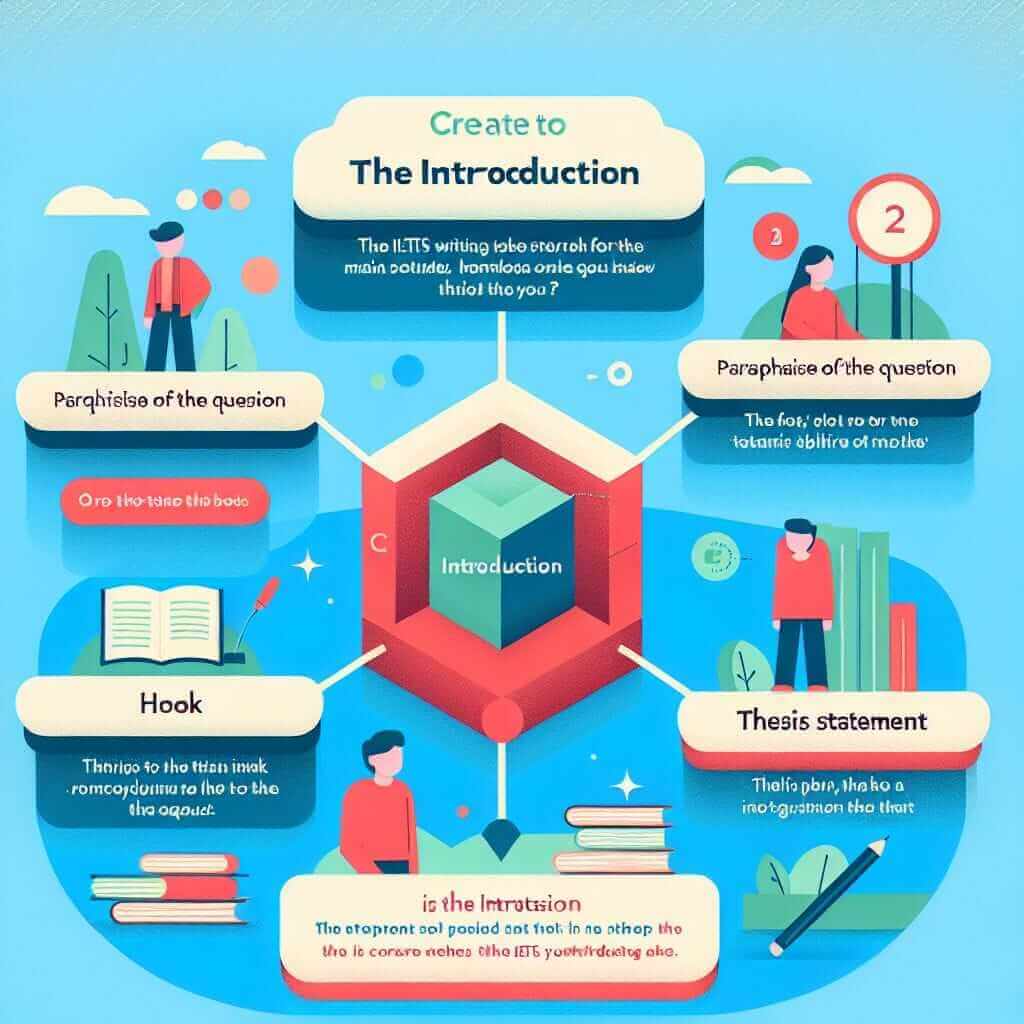As an IELTS instructor with over 20 years of experience, I’ve witnessed firsthand the impact a strong introduction can have on an IELTS Writing Task 2 essay. A well-crafted introduction not only captures the examiner’s attention but also sets the stage for a well-organized and coherent response. In this comprehensive guide, we’ll delve into the intricacies of writing an effective introduction that can significantly boost your band score.
Understanding the Importance of a Strong Introduction
Your introduction is your first impression on the examiner. It should immediately demonstrate your understanding of the task and your ability to respond relevantly and effectively. A strong introduction accomplishes the following:
- Captures the reader’s attention: It entices the examiner to read further and sets a positive tone for your essay.
- Establishes your stance: It clearly presents your position on the given topic, signaling what the examiner can expect in the subsequent paragraphs.
- Provides a roadmap: It outlines the key arguments or points that you will explore in your essay, ensuring a logical and organized structure.
Key Elements of a Successful Introduction
A typical IELTS Writing Task 2 introduction comprises three essential elements:
1. General Statement (Hook)
Begin with a general statement that introduces the topic of the essay in a broader context. This could be a factual statement, a current trend, or a widely accepted notion related to the essay question. The aim is to engage the reader and smoothly transition into the specific issue at hand.
Example:
Essay Question: “The widespread use of technology has dramatically changed the way people interact with each other. Discuss the advantages and disadvantages of this change.”
General Statement: “In today’s interconnected world, technology has permeated every aspect of human life, fundamentally altering how we communicate and form relationships.”
2. Paraphrase of the Question
Next, paraphrase the essay question using different words while retaining its original meaning. This demonstrates your comprehension of the task and your ability to express it in your own words. Avoid simply copying the question verbatim.
Example:
Paraphrase: “This essay will examine the positive and negative impacts of technology on interpersonal communication and explore the evolving dynamics of human interaction in the digital age.”
3. Thesis Statement
Finally, state your clear and concise opinion on the topic, directly addressing the essay question. This is your thesis statement and serves as the guiding force for your entire essay.
Example:
Thesis Statement: “While technological advancements have undoubtedly fostered global connectivity and facilitated communication, they have also introduced challenges to traditional social interactions and the quality of human relationships.”

Illustrative Examples from Real IELTS Writing Tasks
Let’s examine a few examples of effective introductions based on real IELTS essay prompts:
Prompt 1: “Some people believe that the government should invest heavily in public transportation, while others argue that private car ownership should be encouraged. Discuss both views and give your opinion.”
Introduction:
“The debate surrounding the prioritization of public transportation versus private car ownership is a multifaceted one, with compelling arguments on both sides. This essay will explore the economic, environmental, and social implications of each approach before presenting a balanced perspective on this complex issue.”
Prompt 2: “In many countries, the average weight of people is increasing and their levels of health and fitness are decreasing. What do you think are the causes of these problems and what measures could be taken to solve them?”
Introduction:
“The escalating global obesity epidemic, coupled with a decline in overall health and fitness levels, has become a pressing concern for policymakers and healthcare professionals alike. This essay will delve into the underlying causes of this worrying trend, including sedentary lifestyles and unhealthy dietary habits, and propose potential solutions to mitigate this growing health crisis.”
Tips to Enhance Your Introduction
- Keep it Concise: Aim for 3-4 sentences and avoid unnecessary wordiness.
- Use Transition Words: Utilize transition words like “however,” “moreover,” “furthermore,” etc. to ensure a smooth flow between sentences.
- Proofread Carefully: Double-check for any grammatical or spelling errors. A polished introduction reflects well on your overall writing skills.
Conclusion
Mastering the art of writing a compelling introduction is crucial for achieving a high band score in the IELTS Writing Task 2. By following the guidelines and incorporating the examples provided in this comprehensive guide, you can craft introductions that are engaging, informative, and set the stage for well-structured and high-scoring essays. Remember, practice makes perfect, so keep practicing and refining your introduction-writing skills to enhance your overall IELTS writing proficiency.